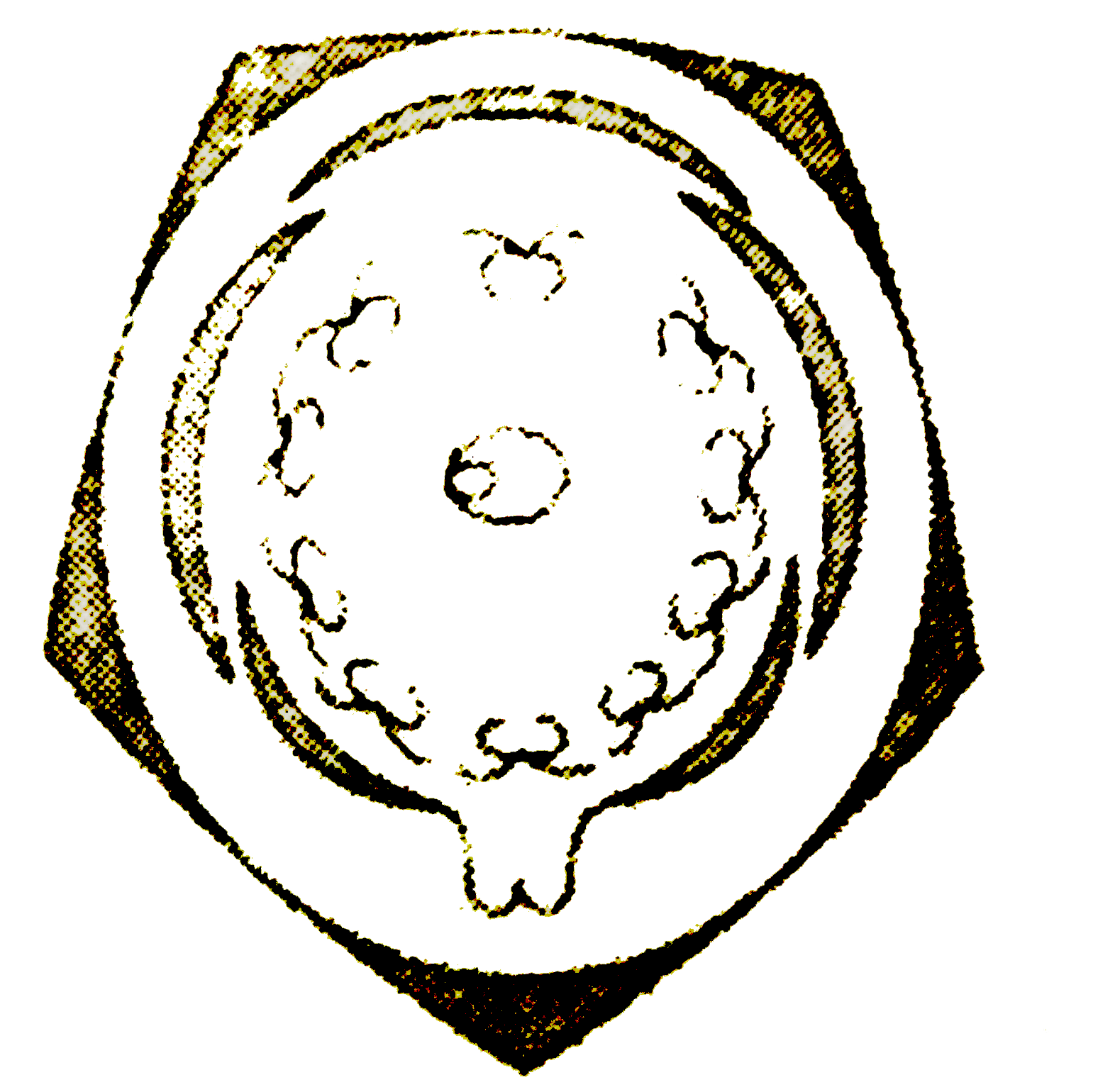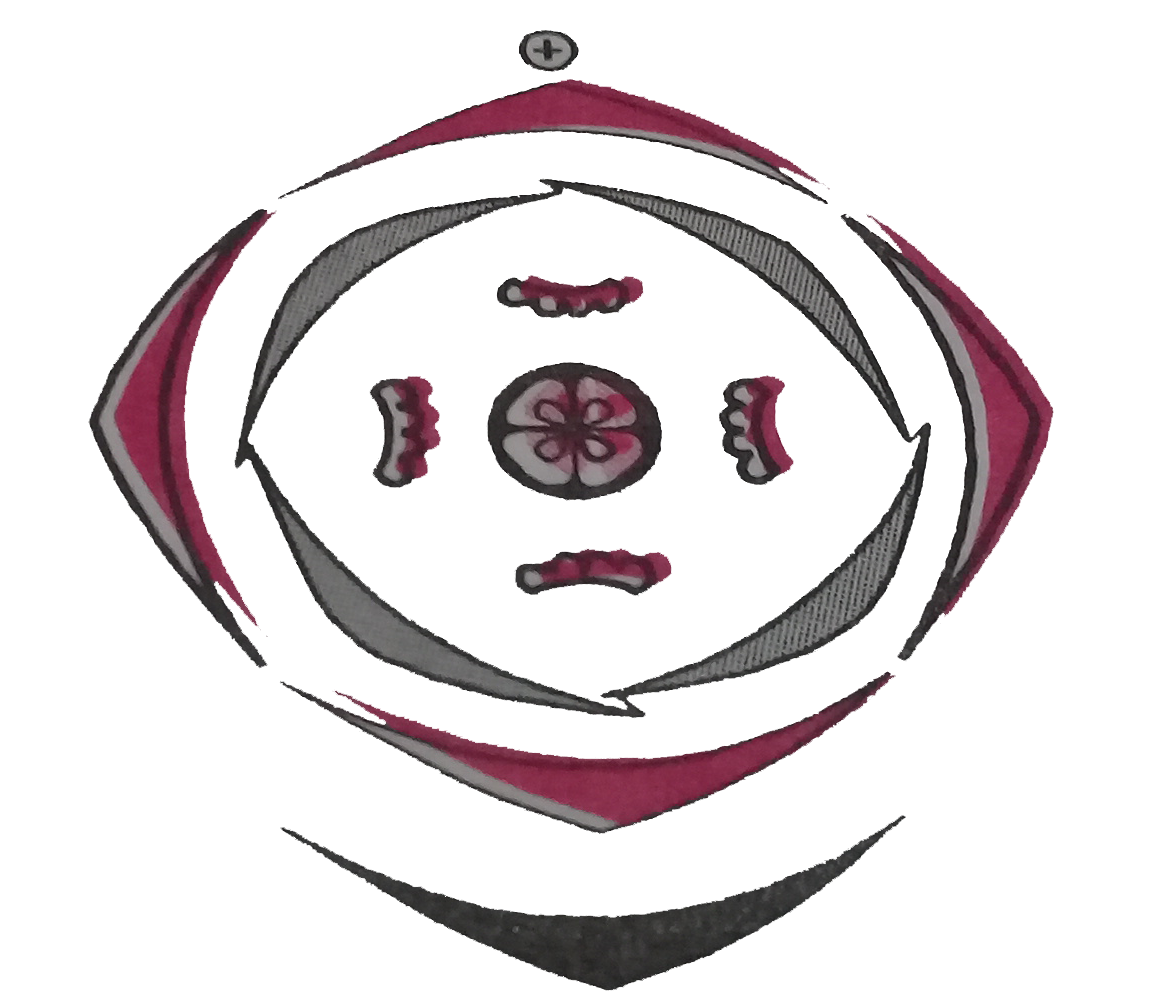In which of the following plants, in a flower only 3rd whorl of floral organs are fused with 2nd whorl of floral organs?
Mustard
Bean
Pea
Brinjal
The correct Answer is:D
To solve the question regarding which plant has its third whorl of floral organs fused with the second whorl of floral organs, we can follow these steps:
1. Understand Floral Whorls:
- A flower consists of four main whorls:
- The outermost whorl is the sepals (1st whorl).
- The second whorl is the petals (2nd whorl).
- The third whorl is the androecium (stamens) (3rd whorl).
- The innermost whorl is the gynoecium (carpels) (4th whorl).
2. Identify the Whorls in the Question:
- The question specifies that we need to find a plant where the third whorl (androecium) is fused with the second whorl (petals). This means we are looking for a flower where the petals and stamens are joined together.
3. Evaluate the Given Options:
- The options provided are:
- Mustard
- Beans
- Pea
- Brinjal
4. Analyze Each Option:
- Mustard: In mustard flowers, sepals and petals are distinct and not fused.
- Beans: In bean flowers, sepals and petals are also separate.
- Pea: In pea flowers, the sepals and petals are not fused.
- Brinjal: In brinjal flowers, the sepals and petals are fused together, indicating that the second and third whorls are joined.
5. Conclusion:
- Based on the analysis, the only plant where the second whorl (petals) and third whorl (androecium) are fused is Brinjal.
Final Answer:
The plant in which the third whorl of floral organs is fused with the second whorl of floral organs is Brinjal.
---
- A flower consists of four main whorls:
- The outermost whorl is the sepals (1st whorl).
- The second whorl is the petals (2nd whorl).
- The third whorl is the androecium (stamens) (3rd whorl).
- The innermost whorl is the gynoecium (carpels) (4th whorl).
- The question specifies that we need to find a plant where the third whorl (androecium) is fused with the second whorl (petals). This means we are looking for a flower where the petals and stamens are joined together.
- The options provided are:
- Mustard
- Beans
- Pea
- Brinjal
- Mustard: In mustard flowers, sepals and petals are distinct and not fused.
- Beans: In bean flowers, sepals and petals are also separate.
- Pea: In pea flowers, the sepals and petals are not fused.
- Brinjal: In brinjal flowers, the sepals and petals are fused together, indicating that the second and third whorls are joined.
- Based on the analysis, the only plant where the second whorl (petals) and third whorl (androecium) are fused is Brinjal.
The plant in which the third whorl of floral organs is fused with the second whorl of floral organs is Brinjal.
Similar Questions
Knowledge Check
- Question 1 - Select One
In flowers which of the following plants, fused carpels are found?
ARose and TomatoBMustard and tomatoCMustard and roseDLotus and rose - Question 2 - Select One
Which of the following plants provide floral rewards to their pollinating agents
AZostera and VallisneriaBHydrilla and CommelinaCAmorphophallus and YuccaDSugarcane and Pinus - Question 3 - Select One
Which of the following is an accessory organ of flower?
ACalyxBStamenCGynoeciumDCarpel
Which of the following floral formula is correct for given floral diagram ?
 View Solution
View SolutionWhich of the following represents the floralm characters of Liliaceae
View SolutionWhich of the following descriptions of the flower mathces the floral diagram
 View Solution
View SolutionWhich of the following is the correct floral formula of Liliaceae
View SolutionWhich of the following is the correct floral formula of Liliaceae
View Solution

